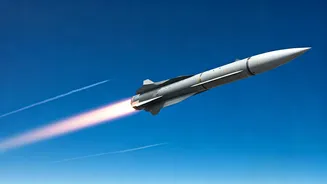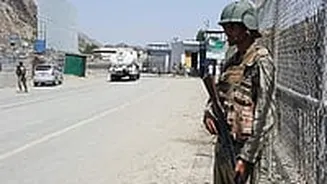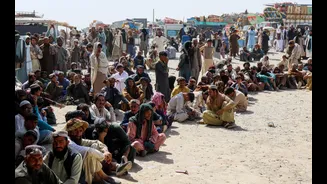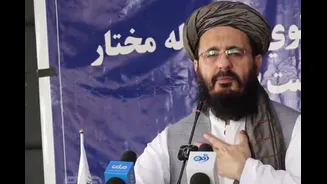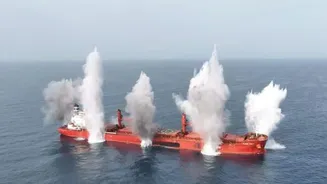Missile Acquisition: Overview
The Indian Air Force is poised to receive a substantial upgrade to its air-to-air capabilities with the induction of 700 Astra Mark 2 missiles. These advanced
missiles, with a range exceeding 200 kilometers, represent a significant leap in the nation’s defense preparedness. This strategic investment is geared towards strengthening India's air defense capabilities and ensuring that it maintains a strong foothold in the ever-evolving regional security landscape. The missiles' extended range allows Indian aircraft to engage targets at greater distances, enhancing their tactical advantage and overall effectiveness in various operational scenarios. This move is part of a broader strategy to modernize the Air Force and maintain a credible deterrent against potential threats. The decision underscores India's commitment to self-reliance in defense technology and its determination to be a formidable force in the region.
Operational Capabilities Enhanced
The integration of the Astra Mark 2 missiles into the Indian Air Force fleet will notably amplify its operational capabilities. The increased range of over 200 kilometers provides a substantial advantage in air combat scenarios, enabling Indian fighter jets to engage enemy aircraft before they come within striking distance. This extended reach significantly broadens the operational envelope for the Air Force, allowing it to exert greater control over the airspace. Furthermore, the advanced technology incorporated in these missiles, including enhanced guidance systems and improved maneuverability, promises greater accuracy and lethality. The enhanced capabilities of the Astra Mark 2 will translate into better air defense coverage, improved situational awareness, and increased survivability for Indian pilots and aircraft. This will in turn provide a potent tool for deterring aggression and maintaining peace in the region. This is part of a wider strategic shift by the Indian Air Force to achieve superior air dominance.
Strategic Implications Explored
The procurement of the Astra Mark 2 missiles carries significant strategic implications for the regional security landscape. The addition of these advanced missiles to the Indian Air Force's arsenal will likely influence the balance of power and alter the dynamics of aerial warfare. The capability to strike targets at extended ranges increases the deterrence factor, dissuading potential adversaries from engaging in aggressive actions. The move underscores India's dedication to its national security and its position as a major player in the Indo-Pacific region. This strategic decision showcases India's commitment to upgrading its defense capabilities to meet evolving threats and maintain stability. This will potentially alter the operational calculations of neighboring countries, encouraging a focus on diplomatic solutions and reducing the likelihood of military confrontations. It represents a step forward in India's aspiration to be a security provider in the region, promoting a stable and peaceful environment.
Future Defense Outlook
Looking ahead, the integration of the Astra Mark 2 missiles into the Indian Air Force symbolizes a crucial step in the nation’s defense modernization plan. It signals a sustained commitment to technological advancement and a forward-thinking approach to national security. The government is expected to continue to invest in cutting-edge defense technologies, strengthening the country’s defense capabilities and ensuring that it stays at the forefront of military innovation. This commitment to modernizing the Air Force is expected to include the development and procurement of further advanced weaponry, improved surveillance systems, and enhanced training programs. This proactive strategy allows India to stay ahead of potential threats and safeguard its interests. As technology advances, India's defense sector is expected to emphasize self-reliance and indigenous development, promoting the growth of the nation's defense industry. The future outlook involves greater capabilities, enhanced protection, and a position of regional strength.
